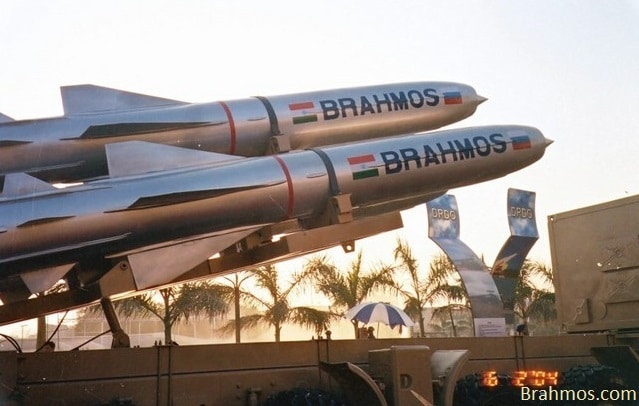
by Basma Khalil Awan 26 June 2022
While the world was facing away, India and Pakistan narrowly avoided a security crisis, exposing the risks of escalation in the area. Last week, when the world was focused on the turmoil in Ukraine, an Indian supersonic missile flew into Pakistani territory, nearly provoking a significant security issue. Disaster was averted due to good fortune and calm reactions from all parties. The case, however, highlighted how a single incident might end in a huge escalation between two nuclear opponents.
Pakistani military spokesperson Gen. Babar Iftikhar on March 10, stated the Pakistan Air Force had detected an unarmed high-speed object that had flown from India well into Pakistani territory before landing the previous evening in Mian Channu, about 80 miles over the Indian border. The object was in Pakistani airspace for less than four minutes, according to a Pakistani Air Force official Iftikhar stated that it is on to Indians to explain what caused this catastrophe.
Last year, Pakistan and India had a brief period of relative calm when they revived a 2003 deal for a ceasefire along the Line of Control between Indian and Pakistani governed sectors of Kashmir. Unfortunately, such fragile calm was only temporary on March 9, 2022, when an Indian supersonic cruise missile landed on Pakistani soil.
The verdict on what caused the missile crisis is yet out. However, based on publicly accessible evidence on the matter and our own primary interviews, we believe that the missile was an illegal launch on the side of the Indian Air Force missile crew (IAF). We further contend that by exercising prudence during the missile crisis, Pakistan demonstrated that its military stance could always be more careful and deliberate than a hasty response. Finally, we feel that Pakistan should have done more with its communication effort throughout the crisis rather than responding tepidly.
According to recent allegations of Indian media, an IAF group captain and his comrades were reportedly engaged in the missile launch. An Indian congressman also demanded that the IAF explain why and how one of its soldiers shot the missile.
Pakistan’s Foreign Office (FO) asked, why India did not immediately alert Pakistan of the ‘accidental launch’ of the missile, raising worries about India’s safeguards against similar accidents. [i]India’s decision to convene an internal court of inquiry is insufficient because the missile landed on Pakistani soil. Pakistan demands a joint investigation to accurately establish the facts surrounding the issue, the Foreign Office said in response to the Indian Defense Ministry’s explanation for the missile that struck a private property in Mian Channu on Wednesday evening after flying in from across the border.
Following India’s acknowledgment of an unintended missile launch within Pakistan, NSA Moeed Yusuf questioned Delhi’s capacity to manage sensitive technology on Friday, urging the world to evaluate if India was capable of assuring the safety and security of its armed systems.
Pakistan, as a result, urges the international community to take serious notice of this terrible tragedy in a nuclearized environment and to play its proper role in supporting strategic stability in the area. As Pakistan’s response to the incident has been widely praised, including by a number of Indians, many of whom described it as mature, the FO posed seven questions to India about the incident, as well as security protocols and technical safeguards against accidental or unauthorized missile launches
The FO criticized India’s statement as overly simple, and requested the following questions: “India must specify the systems and processes in place to avoid unintentional missile launches, as well as the exact circumstances of this incident.” India must specify the kind and specifications of the missile that landed in Pakistani territory. India must also explain the missile’s flight path/trajectory, as well as how it finally turned and entered Pakistan. Was there a self-destruct mechanism on the missile? Why did it not materialize? Even during routine maintenance, are Indian missiles maintained ready to launch? These observations and concerns were later reported to the FO’s Indian Charge d’Affaires, who had been summoned. The Cd’A was asked to inform the Indian government that such severe difficulties could not be resolved with easy solutions.
According to Yusuf, it took Delhi more than two days to realize that “this was their missile fired apparently due to a technical breakdown during maintenance. This raises severe concerns about India’s ability to handle such sensitive technology,” he added, adding that the missile had flown near to the paths of international and local flights, endangering people’ safety.
Author is Master of Strategic Studies and independent Researcher
